.webp)
© History Oasis
Note: Exact discontinuation dates for some items were difficult to verify due to reformulations rather than complete discontinuations.
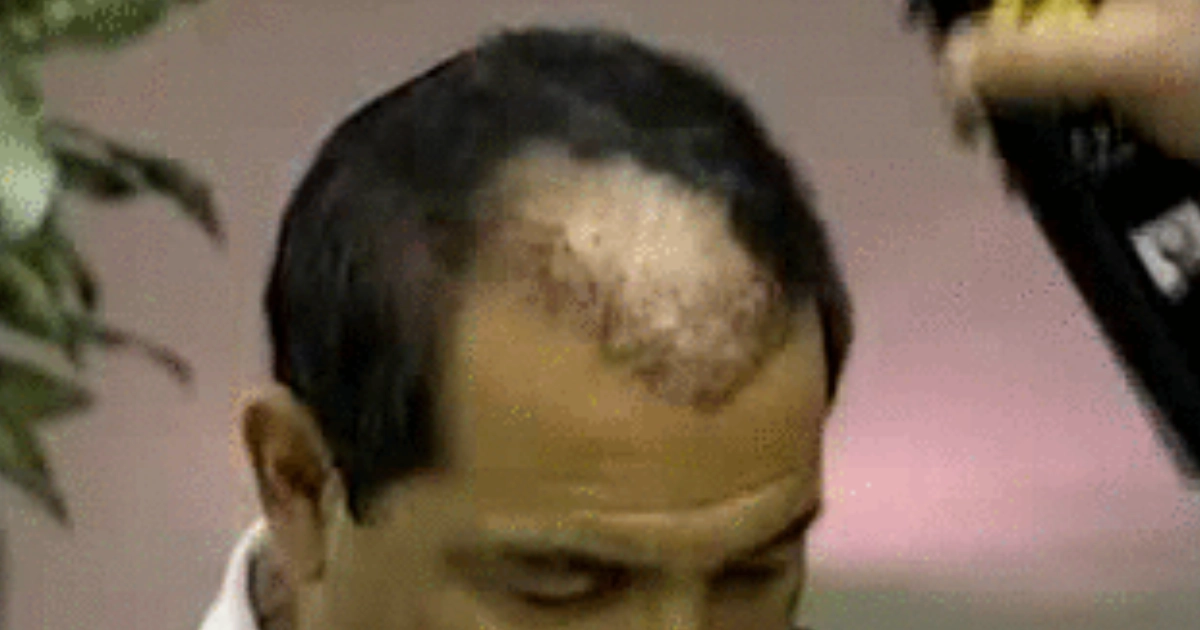
Discontinued: 1990s
Ron Popeil's informational masterpiece. This aerosol spray-painted hair onto bald spots using fiber particles that clung to the scalp. "Great Looking Hair Formula #9" sold over 500,000 cans through late-night TV ads. Popeil demonstrated it live on audiences, creating instant hair transformations that looked surprisingly convincing—until you got too close. The product became a cultural phenomenon, inspiring countless parodies and cementing Popeil's legacy as the king of "as seen on TV" products.
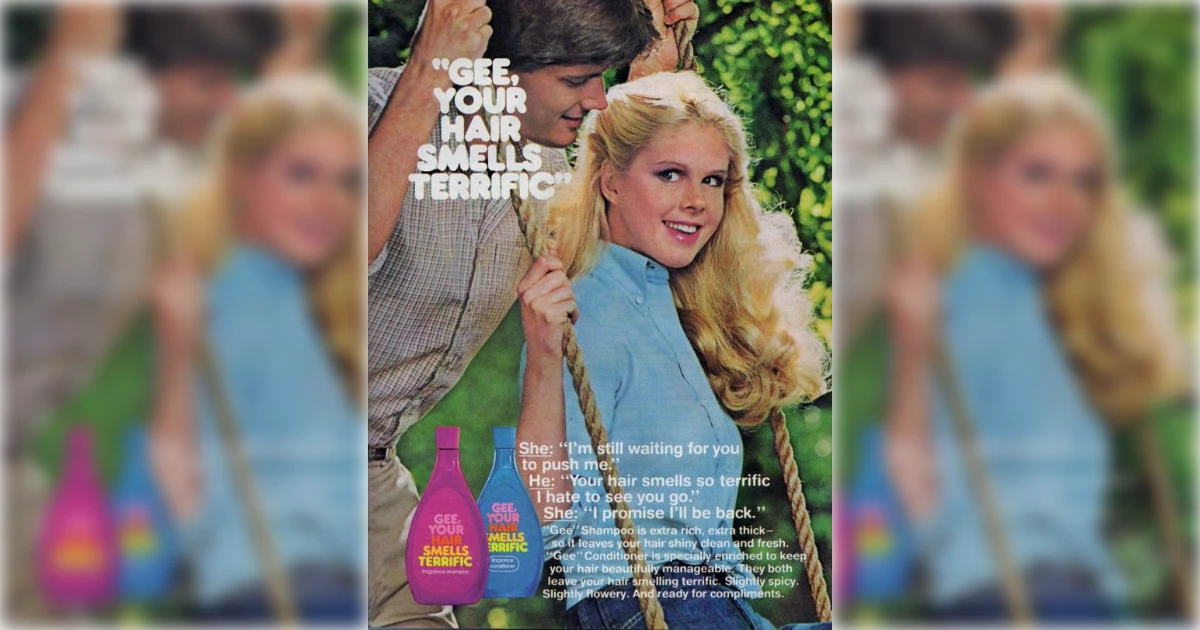
Discontinued: Late 1980s
The shampoo with the most honest name in beauty history. Created by Andrew Jergens Company, this fragrance-forward shampoo supposedly gave you hair that smelled absolutely incredible. The unique scent combined chamomile, bubblegum, and sage into something unforgettable. Women would get stopped on the street by strangers asking about their hair's amazing fragrance. Though the cosmetic product is discontinued in the US, you can still find a bottle in the Philippines.
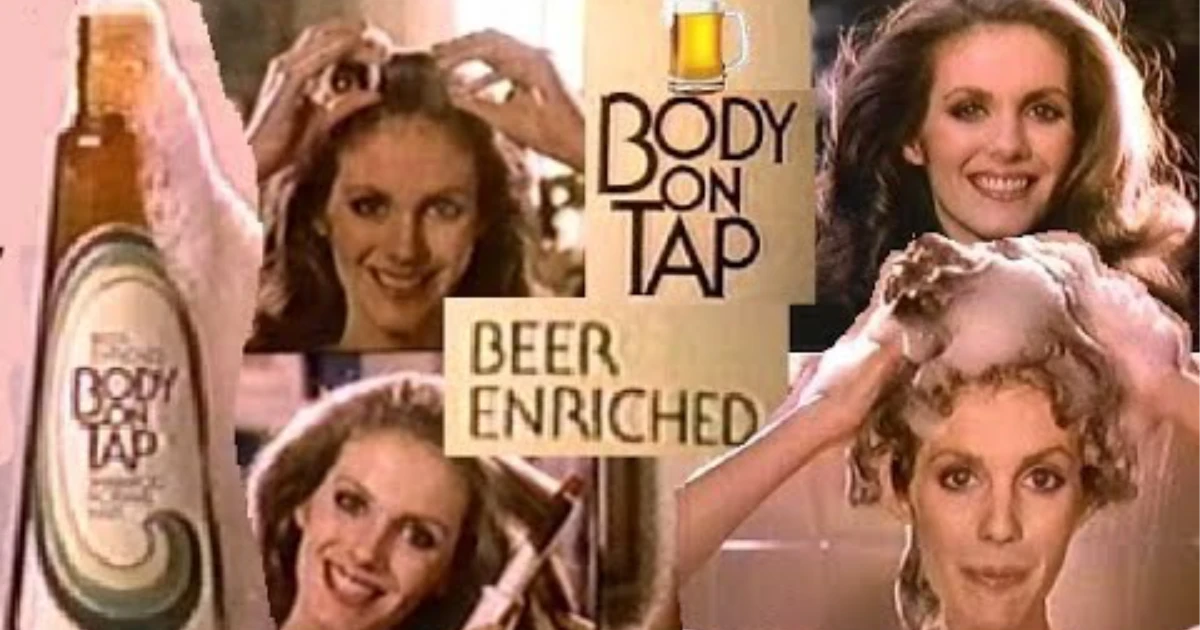
Discontinued: 1985
This shampoo contained one-third actual Budweiser beer (denatured, of course). The idea wasn't as crazy as it sounds. Beer's proteins and B-vitamins were supposed to give hair body and shine. Kim Basinger starred in the commercials, and the product actually worked well. However, Anheuser-Busch refused to endorse it, believing beer was for drinking, not shampooing.
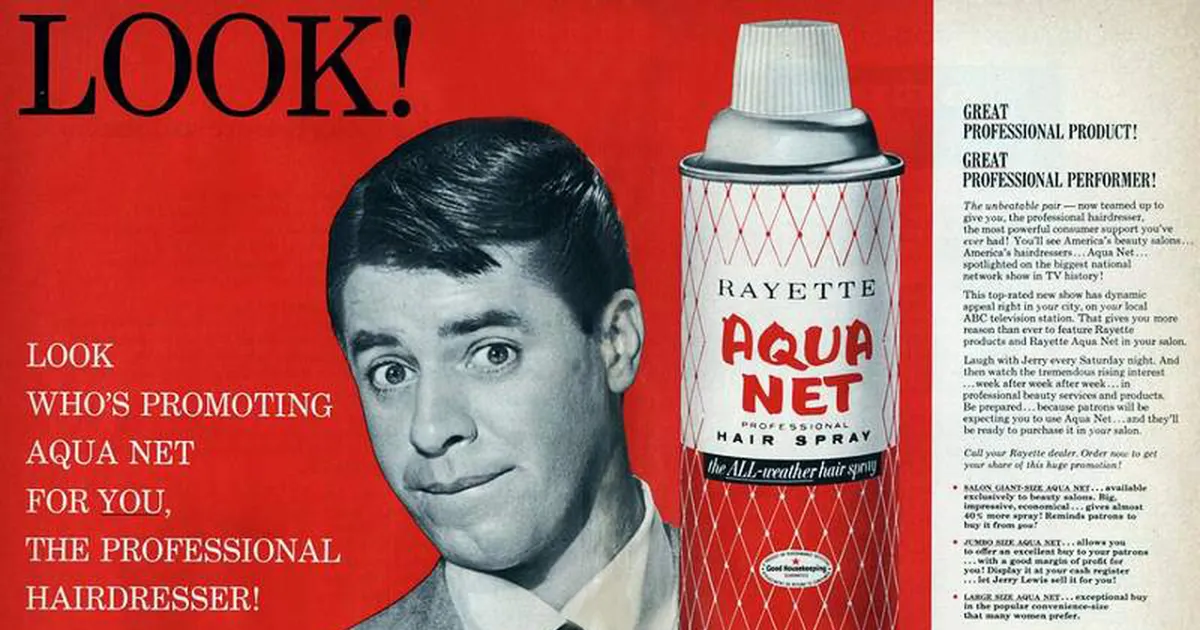
Discontinued: 1992
The hairspray that built the 1980s. In distinctive purple cans, Aqua Net's original formula was so strong it could practically sculpt hair into architectural marvels. It became synonymous with big hair culture and hair metal bands like Mötley Crüe. When they reformulated in 1992, devoted fans hoarded cases of the original formula.
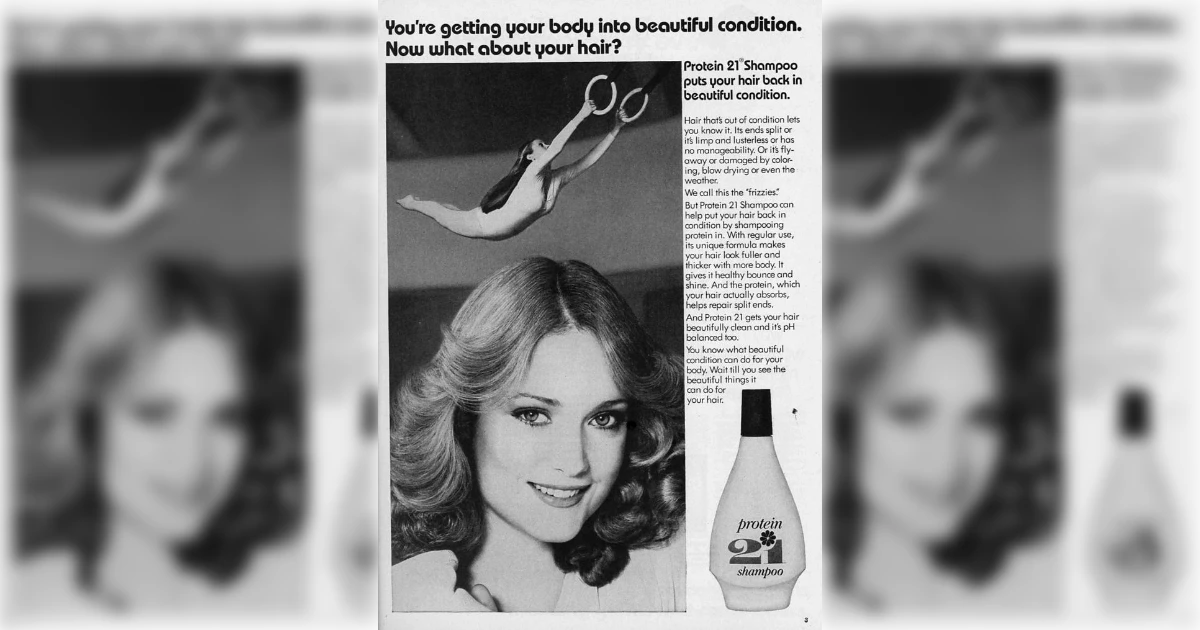
Discontinued: 1980s
The 1970s' answer to split-end paranoia. When split-ends became a cultural obsession, Protein 21 positioned itself as the scientific solution. The protein-enriched formula promised to strengthen hair from within, appealing to an era fascinated with adding "scientific" ingredients to beauty products. The marketing made it sound more like a laboratory treatment than a simple shampoo.
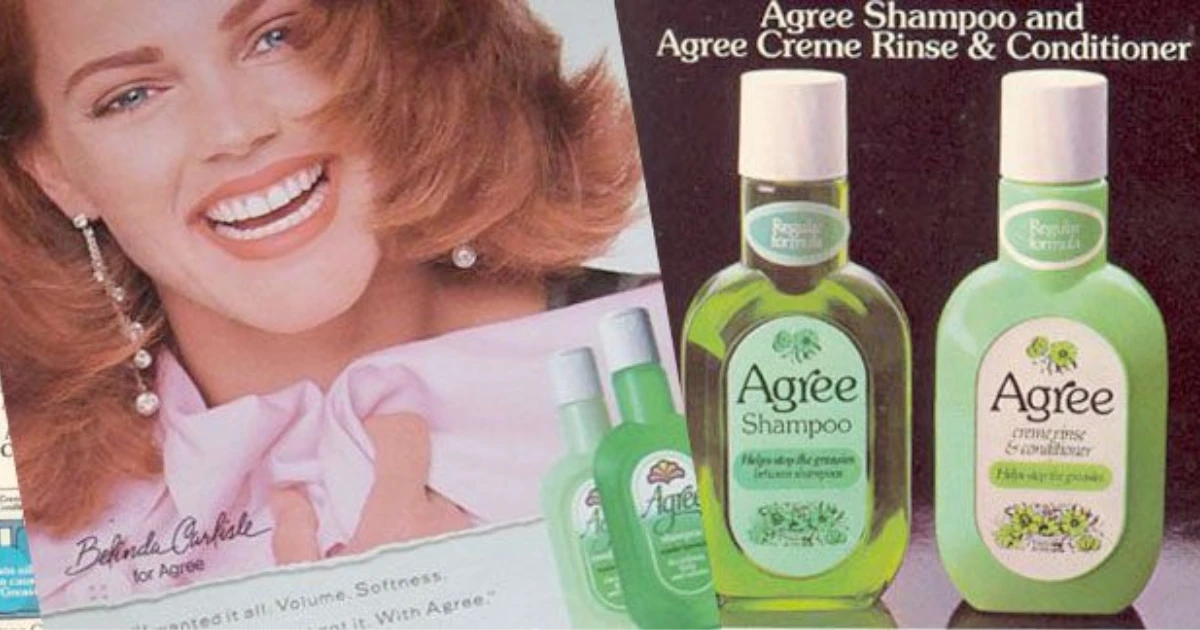
Discontinued: 1980s
This 99% oil-free formula targeted the 1970s fear of oily hair. Tested in actual hair care laboratories, Agree promised to eliminate grease without over-drying. The brand played on anxieties about hair looking "dirty" or "greasy," positioning itself as the clean, fresh alternative. Many users remember it fondly as part of their teenage routine.
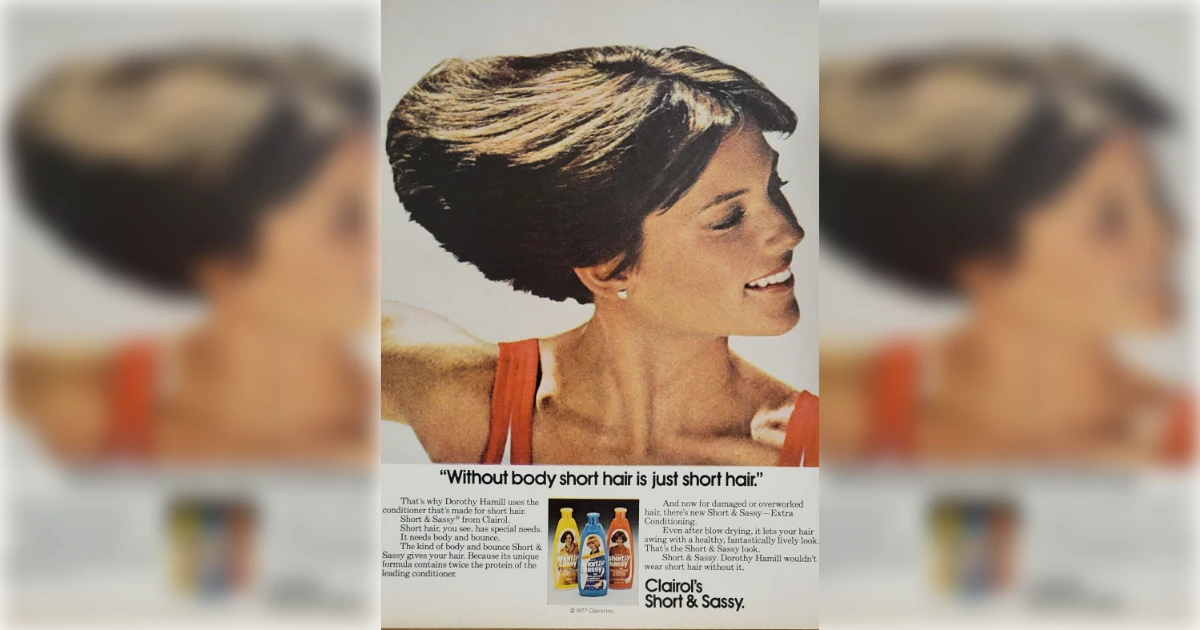
Discontinued: Early 1980s
When Olympic figure skater Dorothy Hamill's wedge haircut became a national obsession in 1976, Clairol was ready. Short & Sassy promised to give everyone that perfect, bouncy, athletic look that made Hamill's hair so mesmerizing during her ice routines.
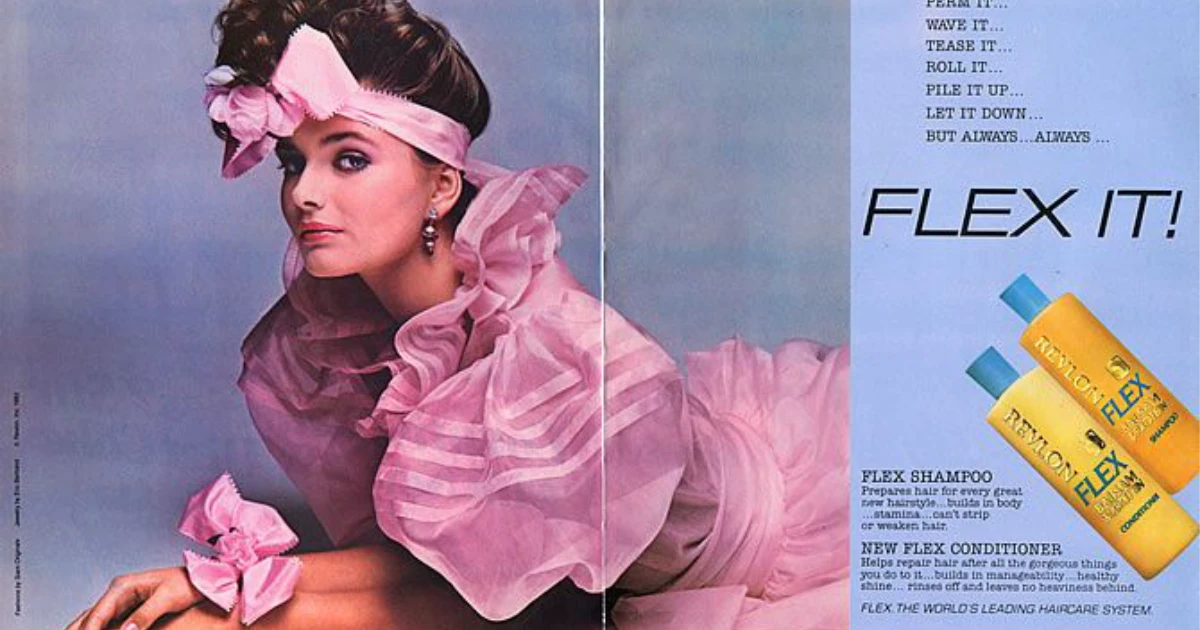
Discontinued: Multiple reformulations
The shampoo that turned bathrooms into pine forests. Revlon's Flex delivered an aromatic experience with its balsam scent. Users remember clouds of woody fragrance filling their entire bathroom during hair washing. The original formula's scent was so distinctive and long-lasting that people still search for products that can recreate that specific olfactory memory.
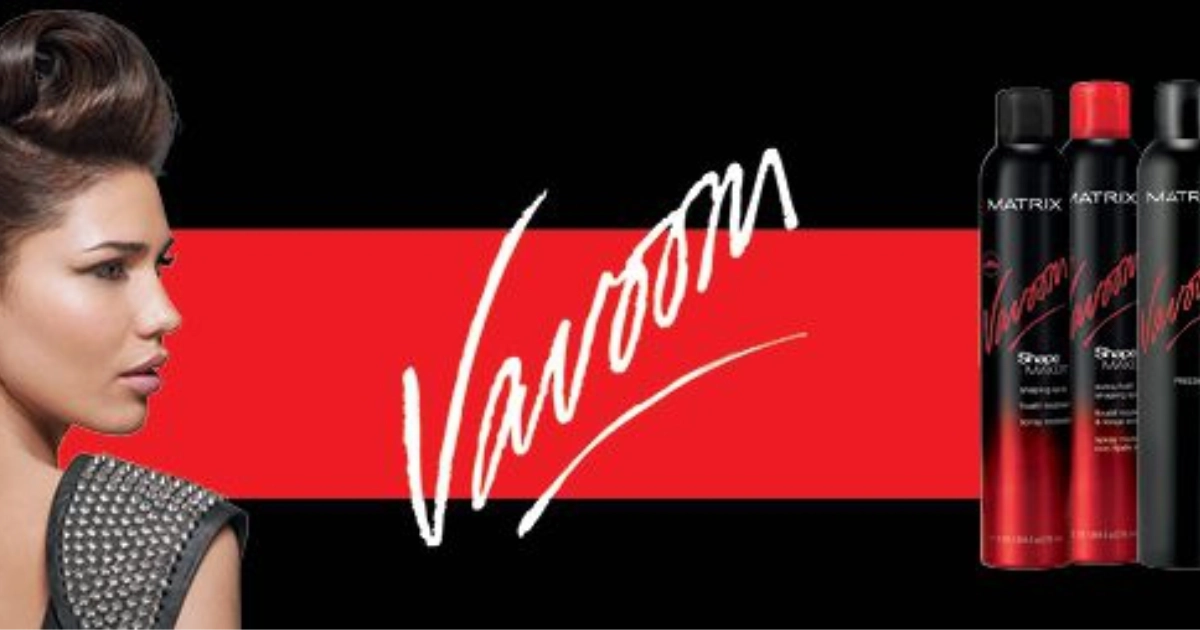
Discontinued: Mid-2000s
Part of Matrix's professional salon line, Vavoom Pomousse offered a unique texture between mousse and pomade. It was designed for the 1990s trend toward more sophisticated styling products that could create different finishes and textures. Salon professionals loved its versatility, and clients appreciated the playful name that made hair styling feel less serious. The discontinuation left many scrambling to find alternatives.
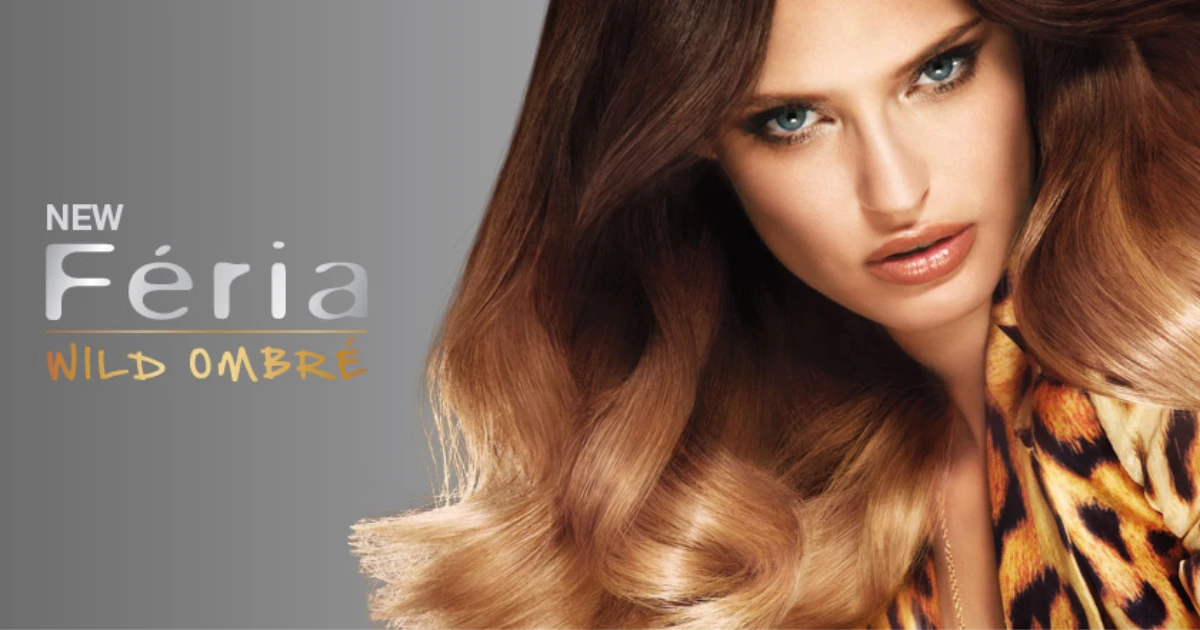
Discontinued: Various dates
When hair color got fearless, L'Oreal's Feria line pushed boundaries with shades like "Intense Copper," "Violet Noir," and metallic tones that shimmered with "3X highlights." These weren't your grandmother's hair colors—they were inspired by cutting-edge fashion and club culture. Many of the most adventurous shades were quietly discontinued as the brand focused on more mainstream colors.